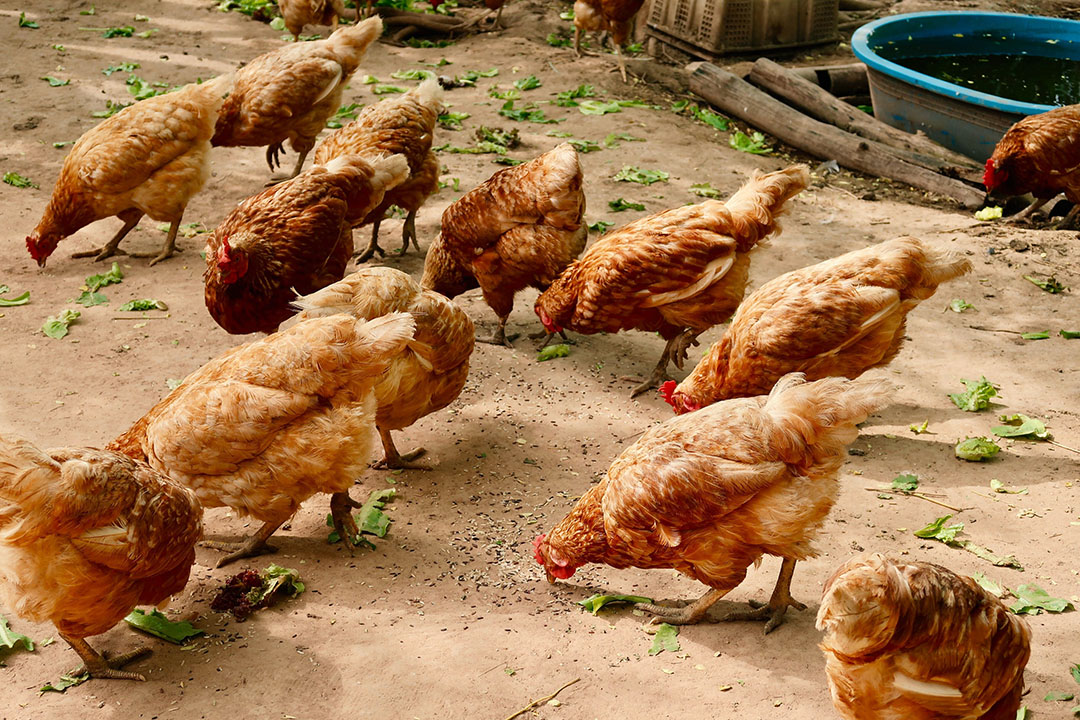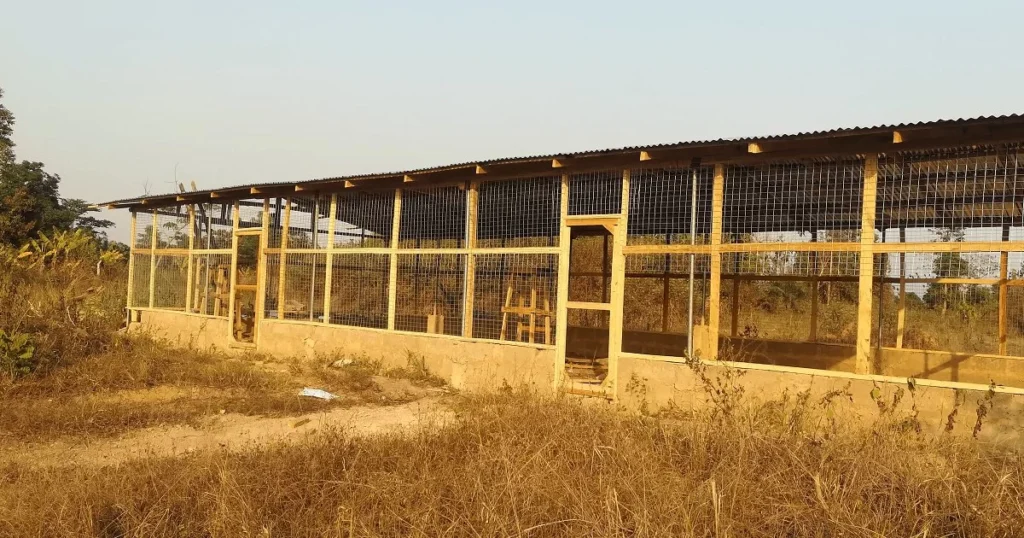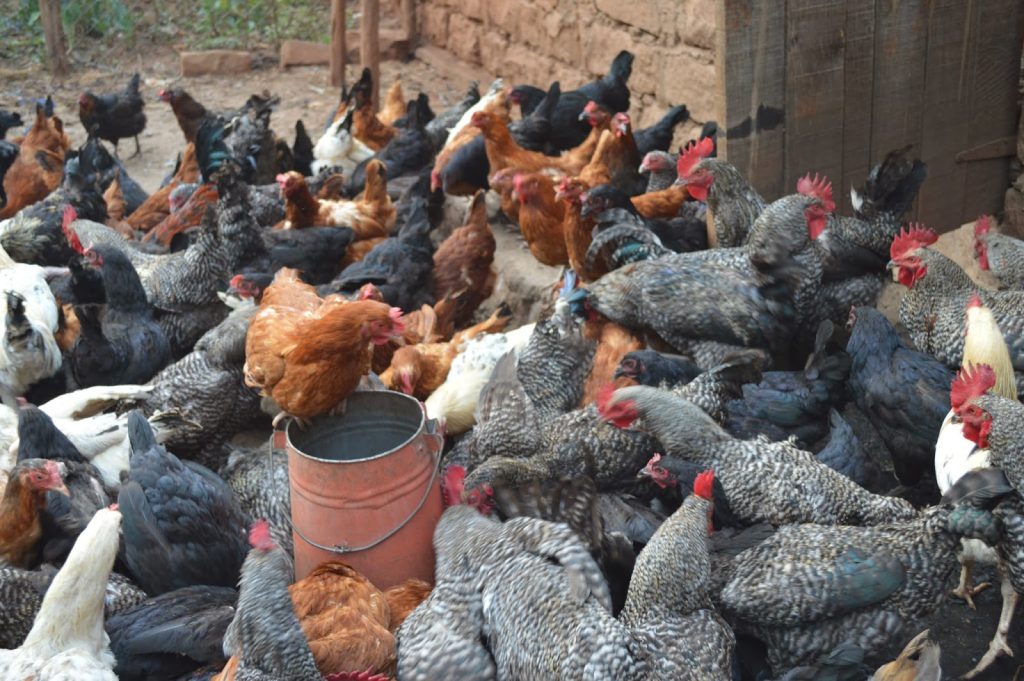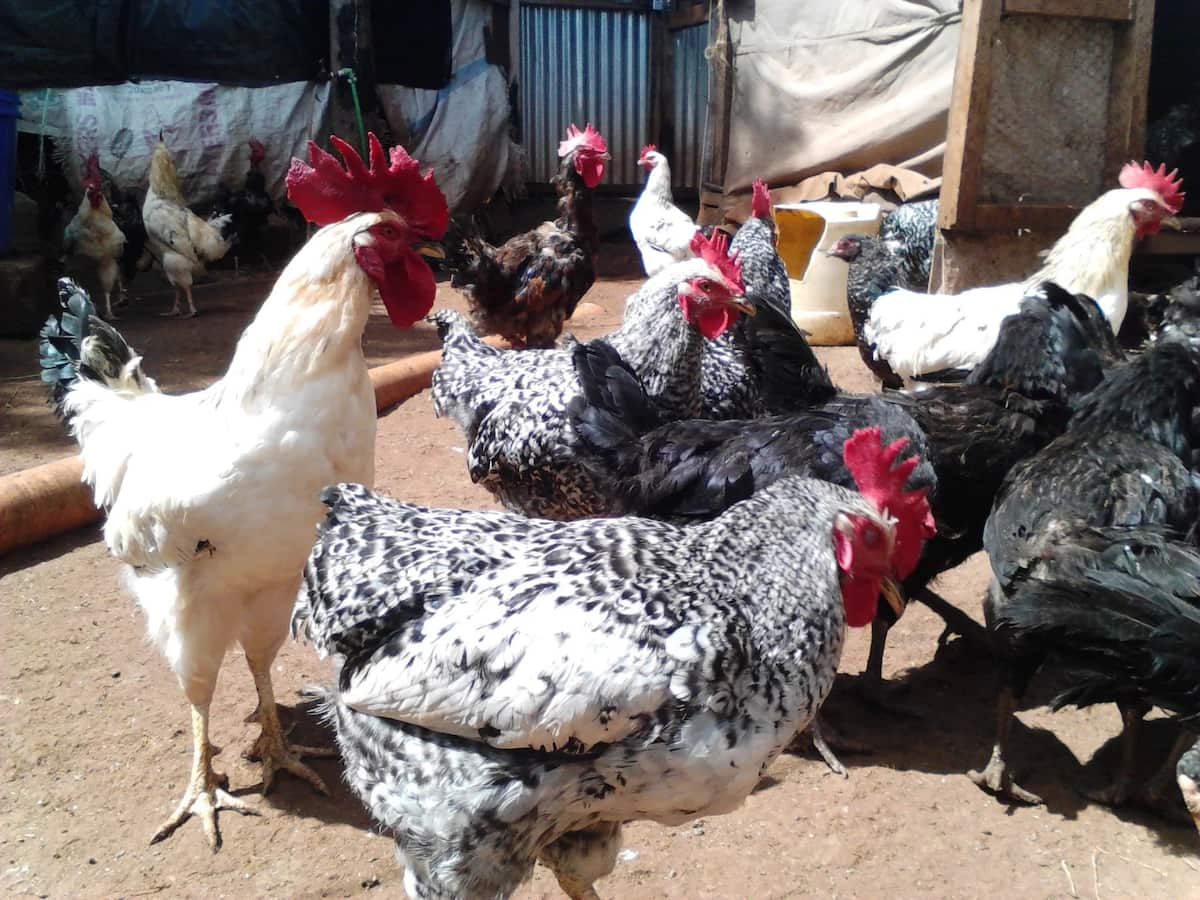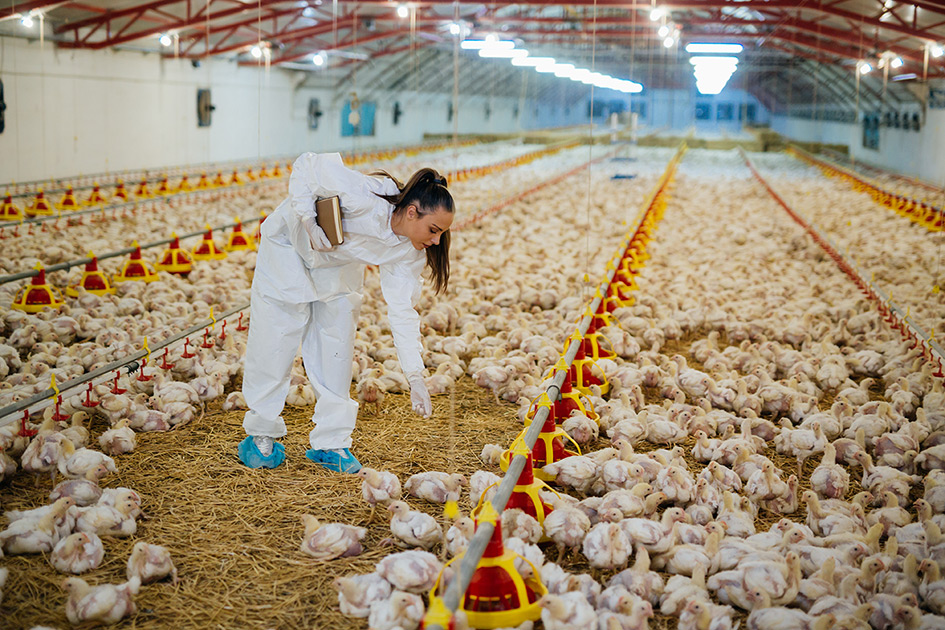Disadvantages of kari improved kienyeji chicken
Some potential disadvantages of Kari Improved Kienyeji chickens include:
- Cost: The cost of starting a Kari Improved Kienyeji chicken farm can be relatively high due to the need for specialized equipment and infrastructure.
- Health concerns: Like any poultry breed, Kari Improved Kienyeji chickens are susceptible to various diseases and parasites, which can impact the health and productivity of the flock.
- Space requirements: These chickens require a relatively large amount of space to roam and forage, which may be an issue for those who have limited land or housing for their birds.
- Feed requirements: Kari Improved Kienyeji chickens have specific dietary needs, and providing the right balance of nutrients can be a challenge, especially for those who are just starting out.
- Marketing and distribution: Finding a market for the birds and their eggs can be a challenge, particularly in areas where local demand is low or there is strong competition from other producers.

